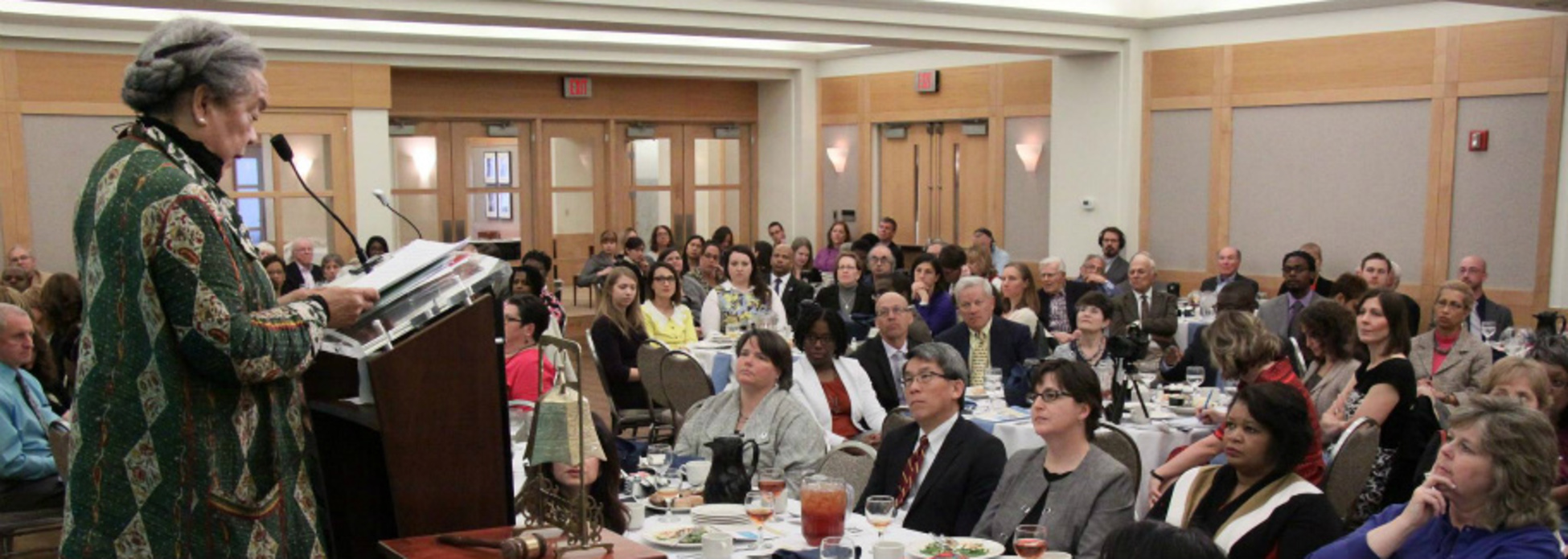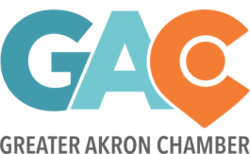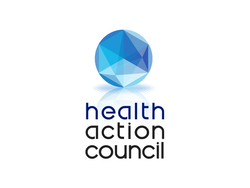Monday, January 04, 2016
What would it take to fix Cleveland’s roads?
It’s the New Year, and that means there’s just a few months left until pothole season in Northeast Ohio. This spring -- depending on the weather -- promises to be worse than last year. Consternation over the condition of Cleveland’s streets – that is, terrible – is one thing that unites northeast Ohioans from all political stripes, all classes, and walks.
And it’s a big problem -- road maintenance, or lack thereof. And it’s not just a Cleveland problem, by the way. But it is worse here than in many cities, for a variety of reasons that probably sound familiar – population loss, revenue decline, just the general age of the infrastructure, as well.
It’s a fixable problem though, an enormous as it seems. But it’s an expensive one. Mayor Frank Jackson once estimated there are roughly $300 million in immediate road resurfacing needs on Cleveland’s neighborhood roads. That’s city of Cleveland only.
Last year the city spent 3 percent of that, about $9 million, according to The Plain Dealer. And that was an enormous increase over its normal spending: about $4.4 million. A boost of $3.2 million came from bond spending – basically borrowing. The state kicked in another $17 million, for a total of $26 million, according to The Plain Dealer.
So, at the rate we’re spending, it would take 11.5 years just to catch up with the repairs needed today. But roads typically only have about a 30-year lifespan, so 11.5 years from now, we’re likely to be in an even deeper hole, because the problem grows every year. We can delay street maintenance, but the costs continue to pile up. Eventually, the bill will come due. Indeed, we already pay for the poor condition of our roads in increased repair costs and reduced investment, as a result, by both businesses and homeowners. For the latter factor, we can’t be sure exactly how large it is.
I thought it would be an interesting thought experiment to figure out what it would take to fix Cleveland’s roads in a reasonable timeframe. This is all just very rough estimates, but for illustrative purposes, let’s think about what it would take to fix Cleveland’s roads at a cost of $300 million (assuming the mayor’s figure is correct.)
The 15-mil Cleveland School levy passed in 2012 was estimated to bring in about $63 million a year. So, using that just as a general measuring stick (collection rates have probably fluctuated some), an 15-mil property tax levy could fix Cleveland’s roads in about three and a half years, assuming the city continues kicking in $9 million and the state continues kicking in $17 million. That’s probably not realistic though. Another 15-mil levy is probably more than Cleveland residents can reasonably afford.
A smaller 5-mil levy, would generate $17.5 million a year. At that rate, we could fix the roads problem in about seven years. (Additionally, if a new tax was passed, we could actually borrow against future tax revenues and just fix the streets right away, but we would have to pay slightly more for financing.)
Of course, a property tax increase could have some negative repercussions on Cleveland. It could increase tax foreclosures, which are already a huge problem. It could make investing in the city less attractive. However, bad roads already do make investing in Cleveland less attractive, so it is difficult to say whether on the whole it would be positive or negative for the city, probably some of both.
An alternative funding source would be income tax collections. The city expects to generate $308 million this year in income tax collections, according to The Plain Dealer, at the current rate of two percent. What if it were raised to 2.25 percent to pay for road repairs? That would generate about $38.5 million per year to be spent on road repairs. Meaning, Cleveland’s road maintenance backlog could be fixed in 4.65 years.
But again, this new tax has a potential down side. Cleveland has been losing jobs to the suburbs for decades. Higher income taxes could potentially contribute to that trend. At the same time, poor road conditions also discourage business investment.
There are other options for funding, too. One that transportation leaders in northeast Ohio have been pushing for is more state support for road maintenance. Historically, the state of Ohio has seen its role in supporting infrastructure as about supporting major projects, particularly capacity adding projects: new roads, as opposed to road maintenance.
State leaders have seen big infrastructure projects – like the Opportunity Corridor or the widening of U.S. 42 in Medina – as an economic stimulus. In fact, northeast Ohio has added more than 300 highway lane miles since the 1970s, even though the population hasn’t grown since that time.
That means we’re spending huge money to build very small additions to our road system while letting the rest of it crumble. For example, the Opportunity Corridor – a three-mile road planned for Cleveland’s east side – cost $331 million. For the cost of that three-mile road, we could have fixed every road in Cleveland, with money to spare. Meanwhile, the widening of 1.5 miles of U.S. 42 in Medina County cost $47 million – that’s about 11 times what the city of Cleveland itself has been devoting to maintaining roads annually. This is to widen a 1.5 mile road.
So an alternate solution for fixing Cleveland’s roads would be to redirect some state funding that goes toward road expansion to maintenance. That is exactly what some key transportation leaders in northeast Ohio have been proposing – but so far the state has rejected that idea.
Grace Gallucci, head of the regional transportation agency NOACA, asked the state in 2014 to consider a package of $30 million in road maintenance projects that would have fixed 70 miles of roads throughout the region. Since northeast Ohio’s population isn’t growing, she argued, we don’t need money so much for building new roads, but for maintaining what we have. The state refused.
Meanwhile, Jason A. Segedy, formerly head of Akron’s regional transportation agency AMATs and the current Director of Planning and Urban Development for the City of Akron, has tried to press the state to do the same.
He wrote that the premise that expanding roads would lead to economic development was too often “wishful thinking.” That Ohio’s cities should refocus their efforts on road maintenance.
“I am not arguing that, in a state with 11.6 million residents, we should never again build a new road, build a new interchange, or add lanes to a highway,” he wrote. “But what I am arguing is that we do it far too often, at far too great of a cost to the taxpayer.”
Segedy and Gallucci are speaking at the City Club on Friday, January 8 about these issues and others. The policies of regional transportation agencies may seem boring and esoteric, but they affect us all. Remember that when your bones are shaken by an enormous pothole this spring.
So what would it take to fix Cleveland’s roads? A rather large property tax increase, a substantial income tax increase, or maybe just changing a state policy. Alternatively, and maybe more realistically, a combination of two or three.
But the bill for road repair won’t go away. Every year, as our roads slide further and further and further into disrepair, the bill is piling up for future generations of northeast Ohioans.






